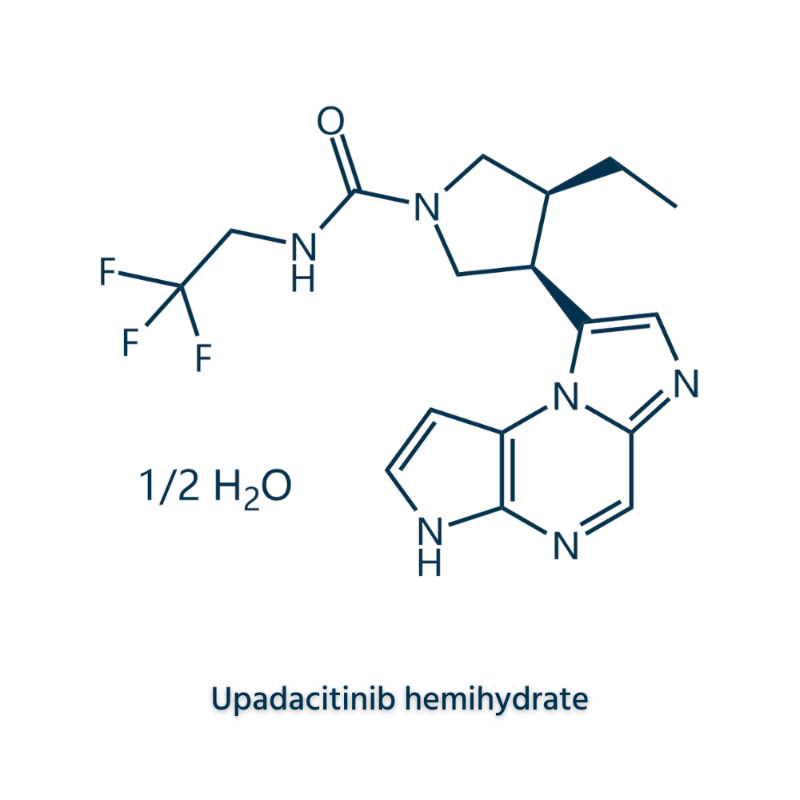-
Categories
-
Pharmaceutical Intermediates
-
Active Pharmaceutical Ingredients
-
Food Additives
- Industrial Coatings
- Agrochemicals
- Dyes and Pigments
- Surfactant
- Flavors and Fragrances
- Chemical Reagents
- Catalyst and Auxiliary
- Natural Products
- Inorganic Chemistry
-
Organic Chemistry
-
Biochemical Engineering
- Analytical Chemistry
-
Cosmetic Ingredient
- Water Treatment Chemical
-
Pharmaceutical Intermediates
Promotion
ECHEMI Mall
Wholesale
Weekly Price
Exhibition
News
-
Trade Service
Intravascular lymphoma (IVL) is characterized by the infiltration and proliferation of malignant B cells in the lumen of small blood vessels
.
The central nervous system (CNS) is the most common primary site, and the heterogeneity of clinical presentation results in delayed diagnosis, so 60% of CNS IVLs are diagnosed postmortem
.
Intravascular lymphomas Intravascular lymphomas resemble cerebral microvascular lesions on MRI and include infarct-like lesions, white matter lesions, leptomeningeal enhancement, mass-like lesions, and hyperintense pontine lesions on sensitivity-weighted imaging (SWI) sequences may have higher sensitivity
In January 2022, Megan B.
Richie et al.
from the United States published their report on the clinical and imaging features of 6 CNS IVL patients in JAMA Neurology, highlighting the SWI manifestations
.
We conducted a case series study using medical record data from six patients with CNS IVL who were biopsy-proven between June 2013 and February 2020
.
All patients underwent brain magnetic resonance imaging, including DWI, pre- and post-contrast T1-weighted imaging, T2-weighted imaging, SWI, and FLAIR imaging
.
Four of the six patients were female; the mean age at diagnosis (IQR) was 67 years (55-72 years)
.
Three patients were diagnosed by brain biopsy, two skin biopsies, and one autopsy
.
Magnetic susceptibility abnormalities were found in all 6 patients, occurring in supratentorial and infratentorial gray and white matter, often punctate or gyriform, inconsistent with T2 hyperintensity and/or decreased diffusion (figure)
.
The susceptibility abnormalities varied in appearance and severity, including numerous subcortical microbleeds on SWI (case 1), massive lobar hemorrhages (case 6), and punctate microbleeds, which were not shown on subsequent GRE (case 2) )
.
Figure : Patient 1.
Numerous punctate to small clusters of microbleeds were seen, mainly in the subcortical white matter of the bilateral cerebral hemispheres
.
Patient 2.
Focal isolated gyriform microbleeds were seen in the left parietal cortex
Patient 1.
Abnormal hyperintensity of white matter T2 or FLAIR was seen in all patients
.
Decreased diffusion was seen in five patients, with a predominantly small vessel pattern
.
Original source:
Original source:Megan B.
leave a message here







